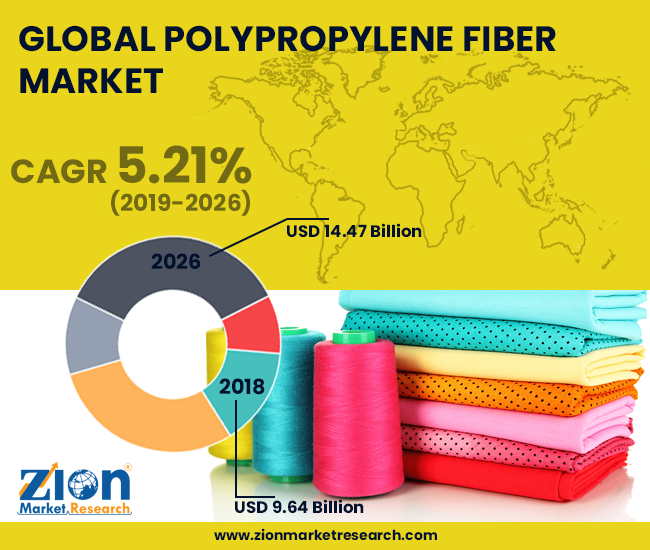PP fiber, or polypropylene fiber, is a synthetic fiber with several uses because to its high tensile strength, low elongation at break, and resilience to chemicals. With a projected CAGR of over 5.21% between 2021 and 2026, the global polypropylene fiber market is poised for rapid expansion in the following years. This article provides a comprehensive analysis of the polypropylene fiber industry, including its growth factors, threats, and current trends.
Growth Factors for Polypropylene Fiber
The growing need for long-lasting yet lightweight materials in industries as diverse as textiles, automobiles, buildings, and medicine is a key factor propelling the polypropylene fiber market. Because of its high tensile strength, outstanding dimensional stability, and resistance to chemicals, PP fiber is a great choice for use in these situations.

Demand for polypropylene fiber is also being fueled by the expanding construction sector, which is particularly noticeable in developing countries. Reinforcing concrete with PP fiber increases the material’s strength and stability, making the resulting constructions more long-lasting. The polypropylene fiber market is anticipated to expand at a rapid rate as the need for environmentally friendly and economically viable building supplies rises.
Market Challenges for Polypropylene Fiber
The polypropylene fiber business has a bright future, but there are still certain problems that require fixing. Raw material price fluctuation, especially for crude oil, is a significant obstacle. Since crude oil is used in the production of polypropylene fiber, price changes in the crude oil market can have a sizable effect on the PP fiber market.
The market for polypropylene fiber has additional difficulties due to ethical and ecological considerations. Disposal of PP fiber might have an adverse effect on the environment because it is not biodegradable. However, research on sustainable alternatives, such as biodegradable PP fibers, is ongoing and may help alleviate these worries in the future.
Demand for Polypropylene Fiber
Increasing demand for high-performance polypropylene fibers, especially in the automotive and construction industries, is one of the trends shaping the polypropylene fiber market. In terms of performance, high-performance PP fibers are unparalleled.
Non-woven PP fibers are becoming increasingly popular because of their widespread application in personal hygiene goods like wipes, diapers, and sanitary napkins. Non-woven PP fibers are suited for these uses because they are highly absorbent, soft, and comfortable.
Conclusion
The demand for long-lasting and lightweight materials across a wide range of end-use industries is a key factor propelling the polypropylene fiber market forward. Nonetheless, the market is likely to rise as a result of continued attempts to produce sustainable alternatives and high-performance PP fibers in spite of the hurdles given by raw material prices and environmental concerns. It will be fascinating to watch how the polypropylene fiber market evolves over the coming years.


